Delta Air Lines has made history by becoming the first airline approved by the FAA to use drones for aircraft inspections. Based in Atlanta, the airline’s maintenance division, Delta TechOps, initiated this groundbreaking application. Recently, the Federal Aviation Administration accepted their proposal to employ drones for visual inspections of its operational fleet.
Since receiving approval, Delta Air Lines has gradually integrated drone inspections into its maintenance protocols. These inspections enhance the assessment of an aircraft’s airworthiness before it resumes service. This innovative method focuses on improving safety and efficiency within the airline’s operations.
Last week, Delta announced that the FAA had granted it the authority to conduct “conditional visual inspections.” Initially, drones will examine aircraft that experience lightning strikes. As a result, Delta has incorporated drone use into its Aircraft Maintenance Manual (AMM) for its mainline fleet. This fleet includes a variety of models, such as the Airbus A220-100, A320, and A350-900, as well as Boeing’s 737-900ER and 767-400ER, totaling over 900 aircraft.
Lightning strikes pose a risk to commercial aircraft throughout the year. However, the likelihood of such events increases during the summer months due to thunderstorms. Pilots strive to avoid storm clouds but may need to fly through them occasionally, raising the chance of lightning incidents.
Delta stands out as the first U.S. airline to gain FAA approval for using small unmanned aircraft systems (sUAS). These semi-autonomous drones operate without pilot intervention during inspections. As the drones navigate around the aircraft, they capture images that technicians analyze for any damage. This process minimizes risks associated with traditional inspection methods that often require personnel to work at heights.
By implementing drone technology, Delta Air Lines significantly enhances safety and reduces injury risks during inspections. Furthermore, this advancement enables technicians to assess aircraft conditions up to 82% faster, streamlining operations and expediting the return of planes to service.
Additionally, drones facilitate quicker inspections than manual methods. They can photograph narrowbody aircraft in under 90 minutes, while widebody inspections take just under two hours. This efficiency translates to an average saving of 16 hours in manual labor, allowing Delta to minimize delays and improve the overall passenger experience.
Delta’s drones will operate in both indoor and outdoor environments at the airline’s facilities in Atlanta, Detroit, and Minneapolis–St. Paul. This progressive step demonstrates Delta’s commitment to using technology to enhance safety and efficiency in aviation maintenance. Lastly, don’t forget to check WentWorld.com and follow our social media channels for ultimate travel tips and destination guides.
Related stories:
Catch up on the top stories and travel deals by subscribing to our newsletter!

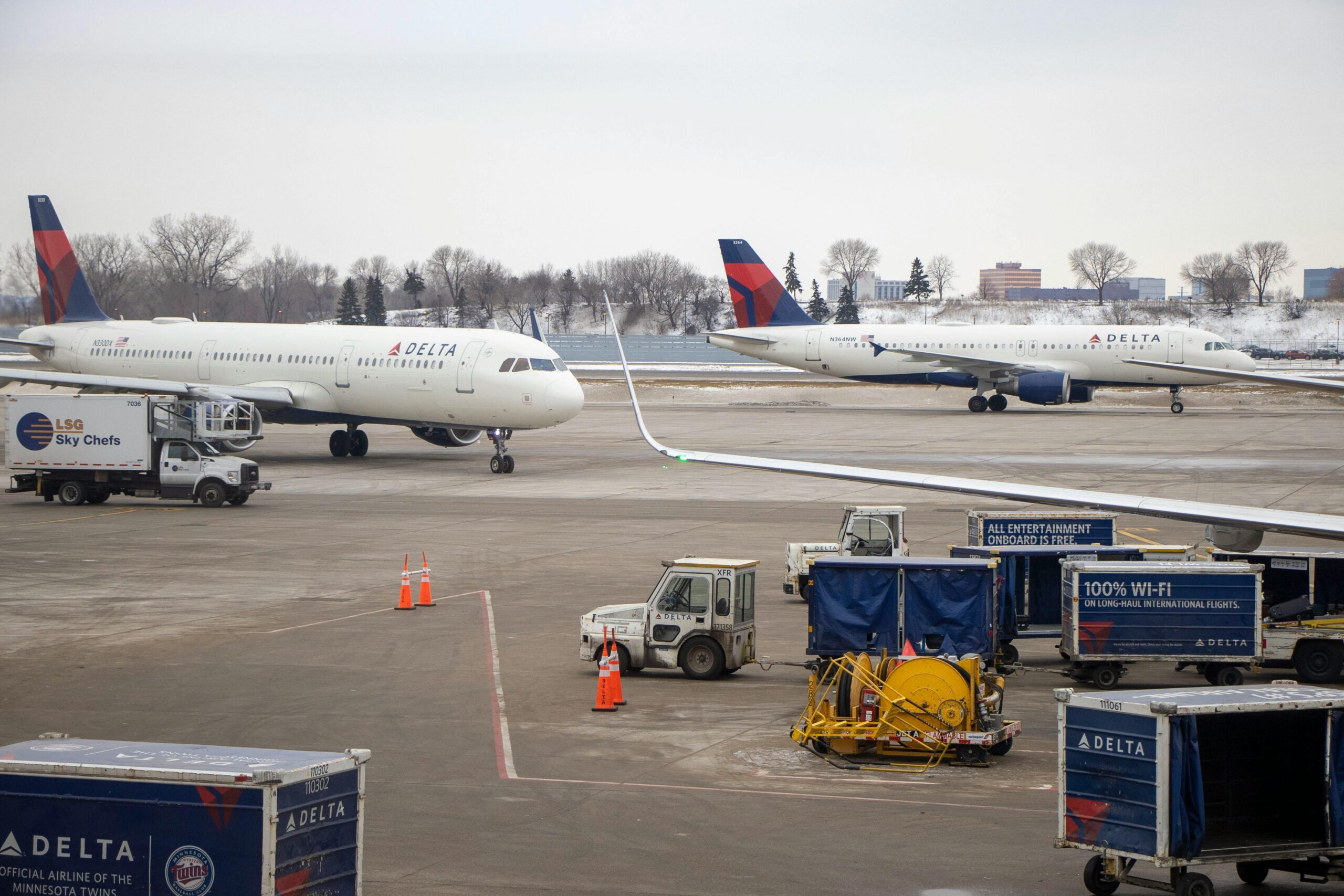

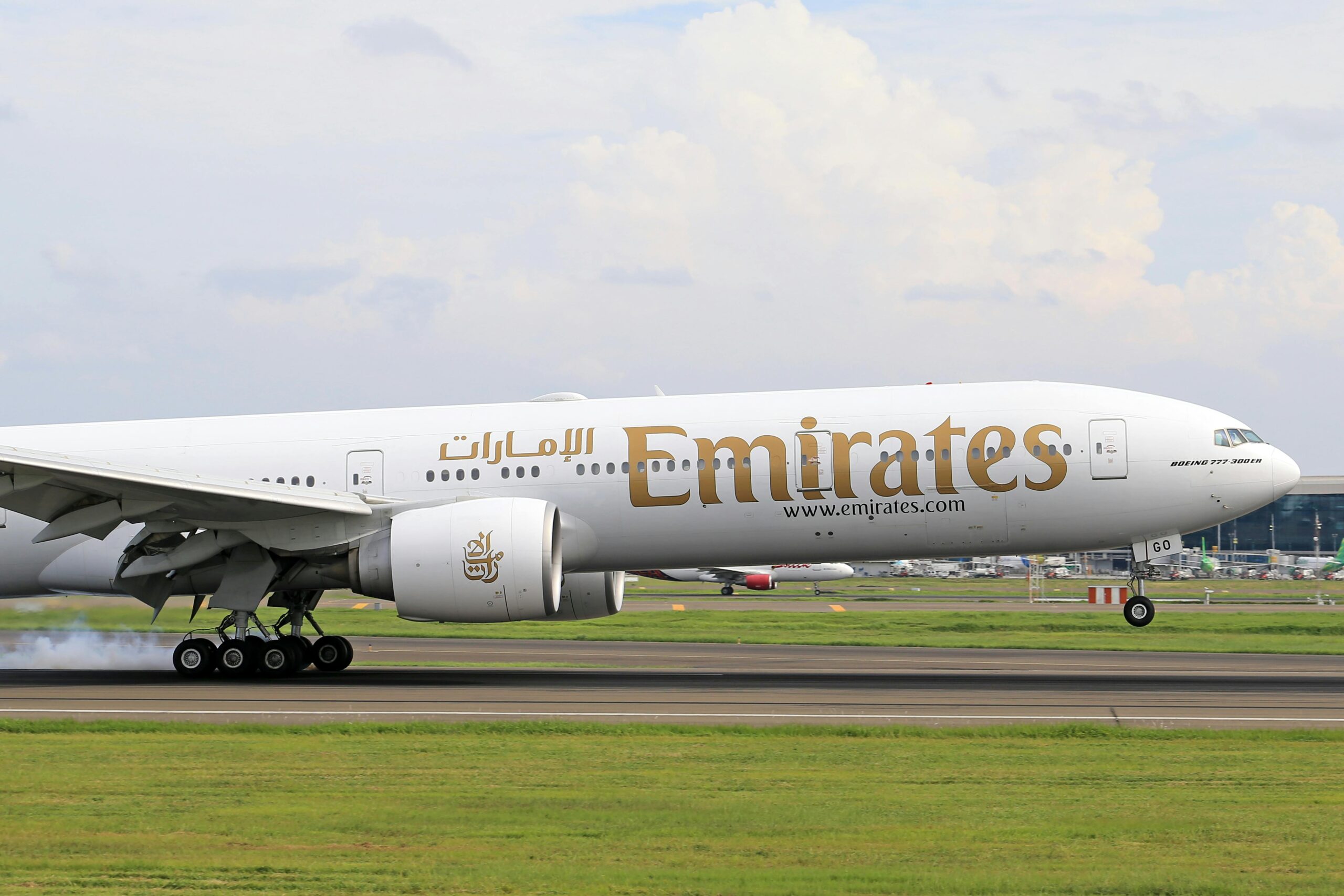
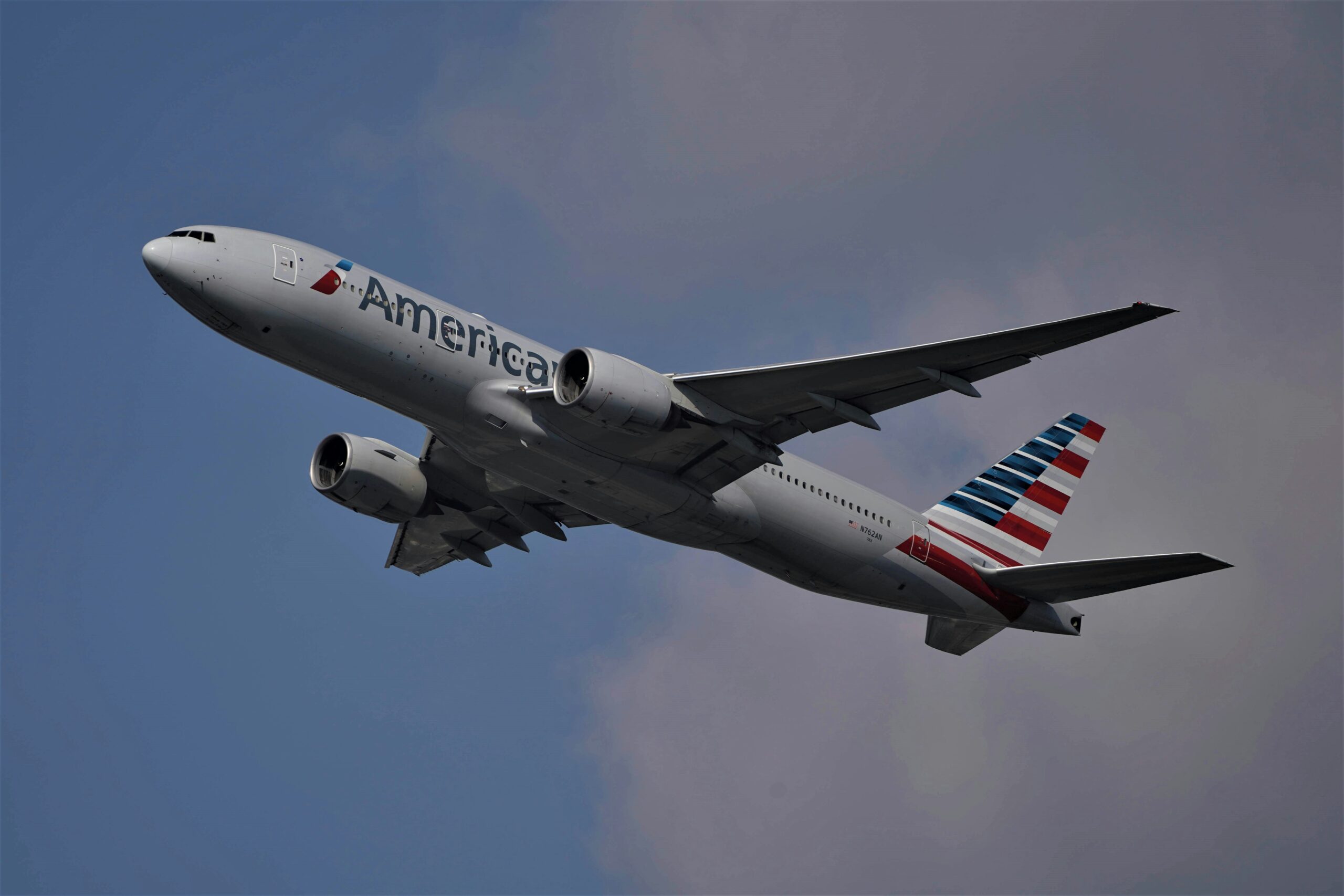
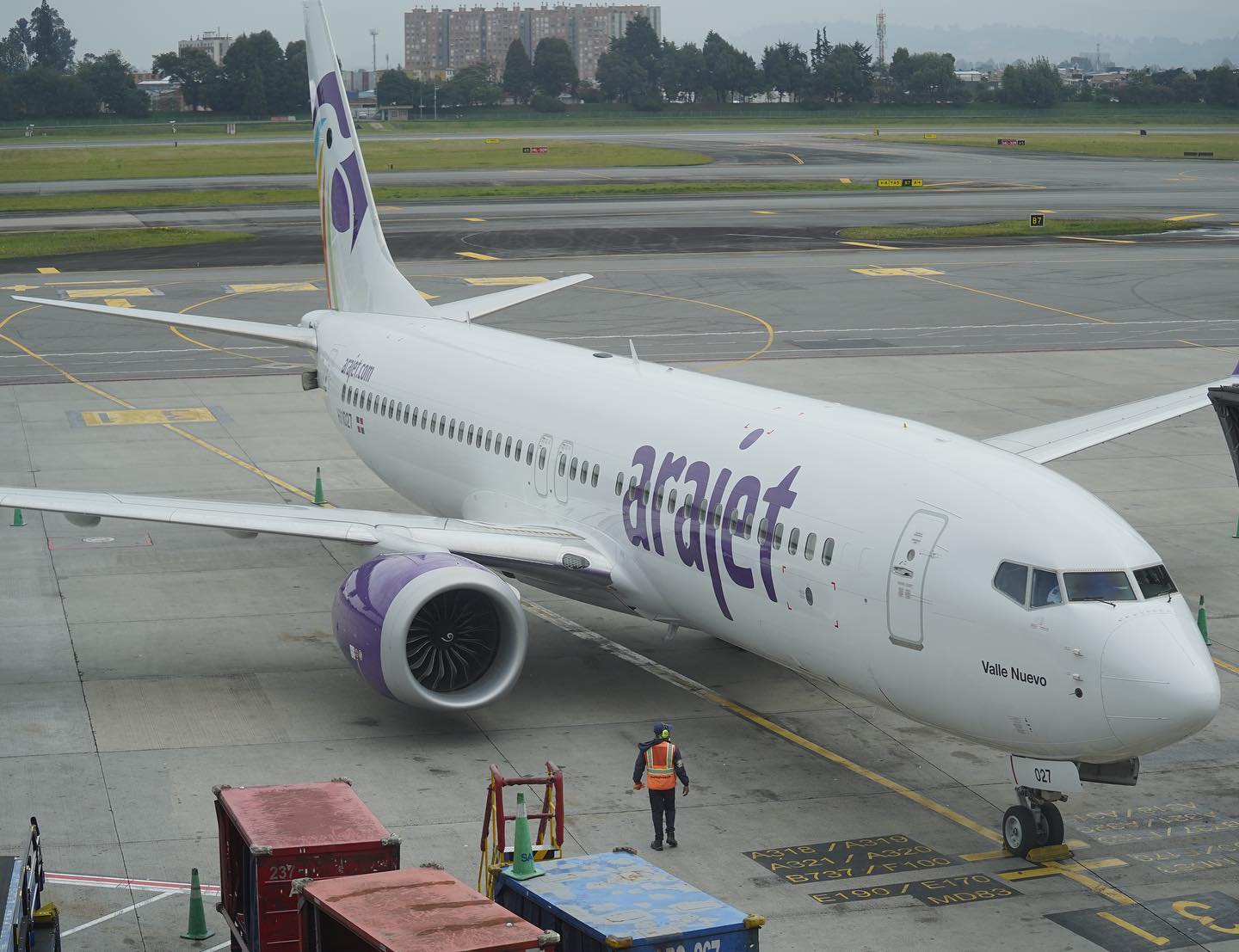
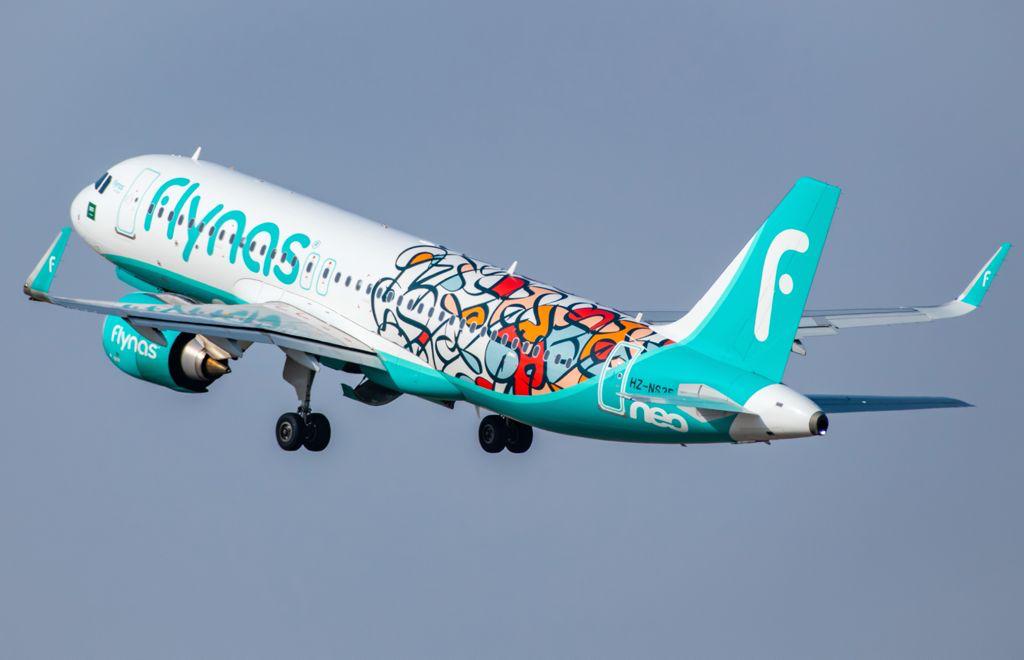
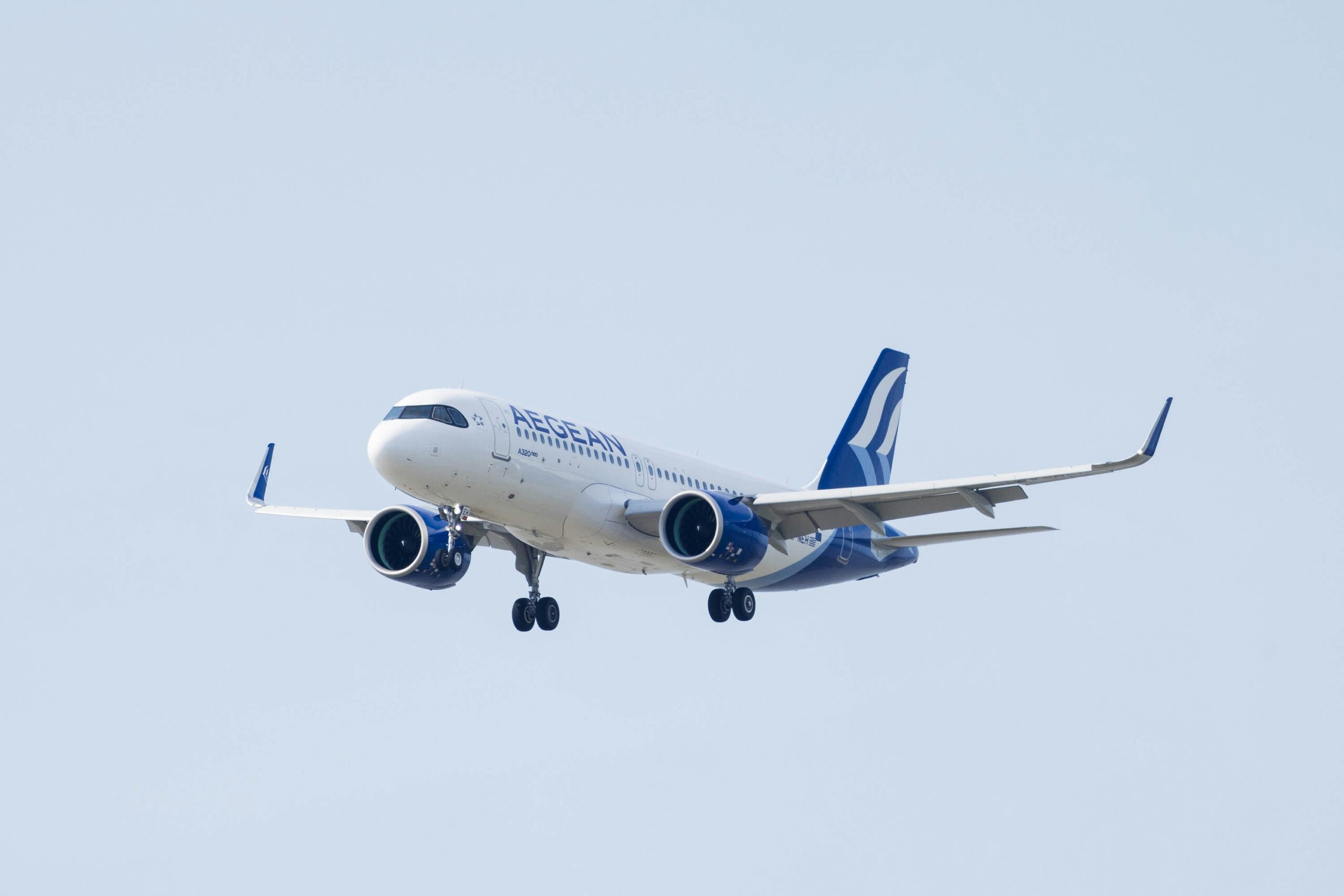

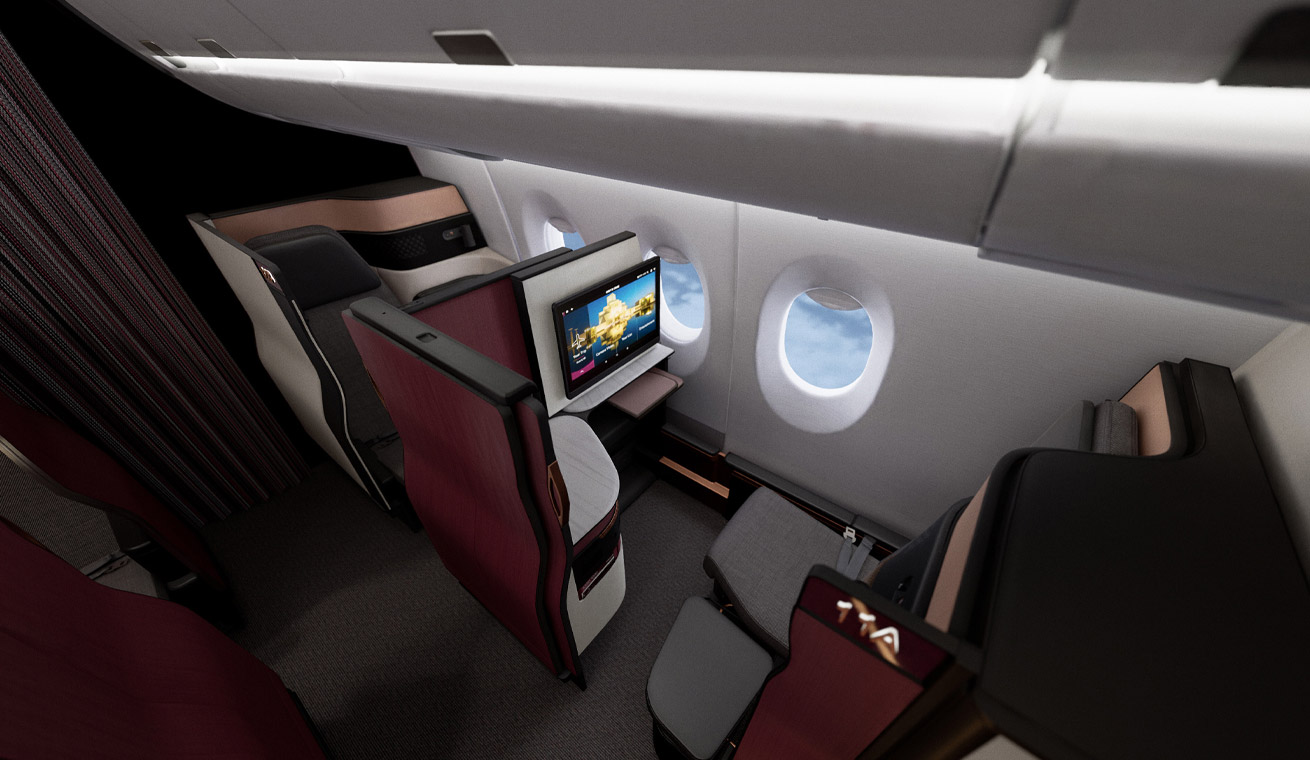


Leave a Reply